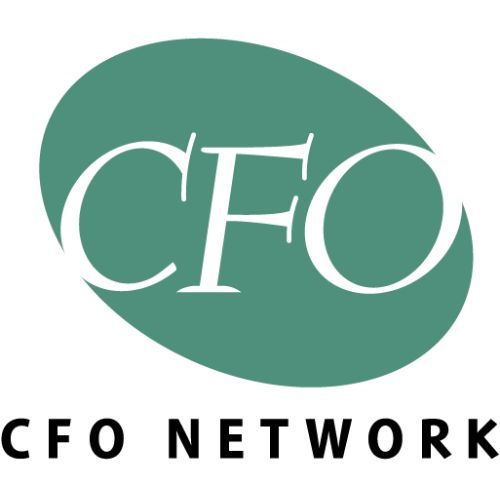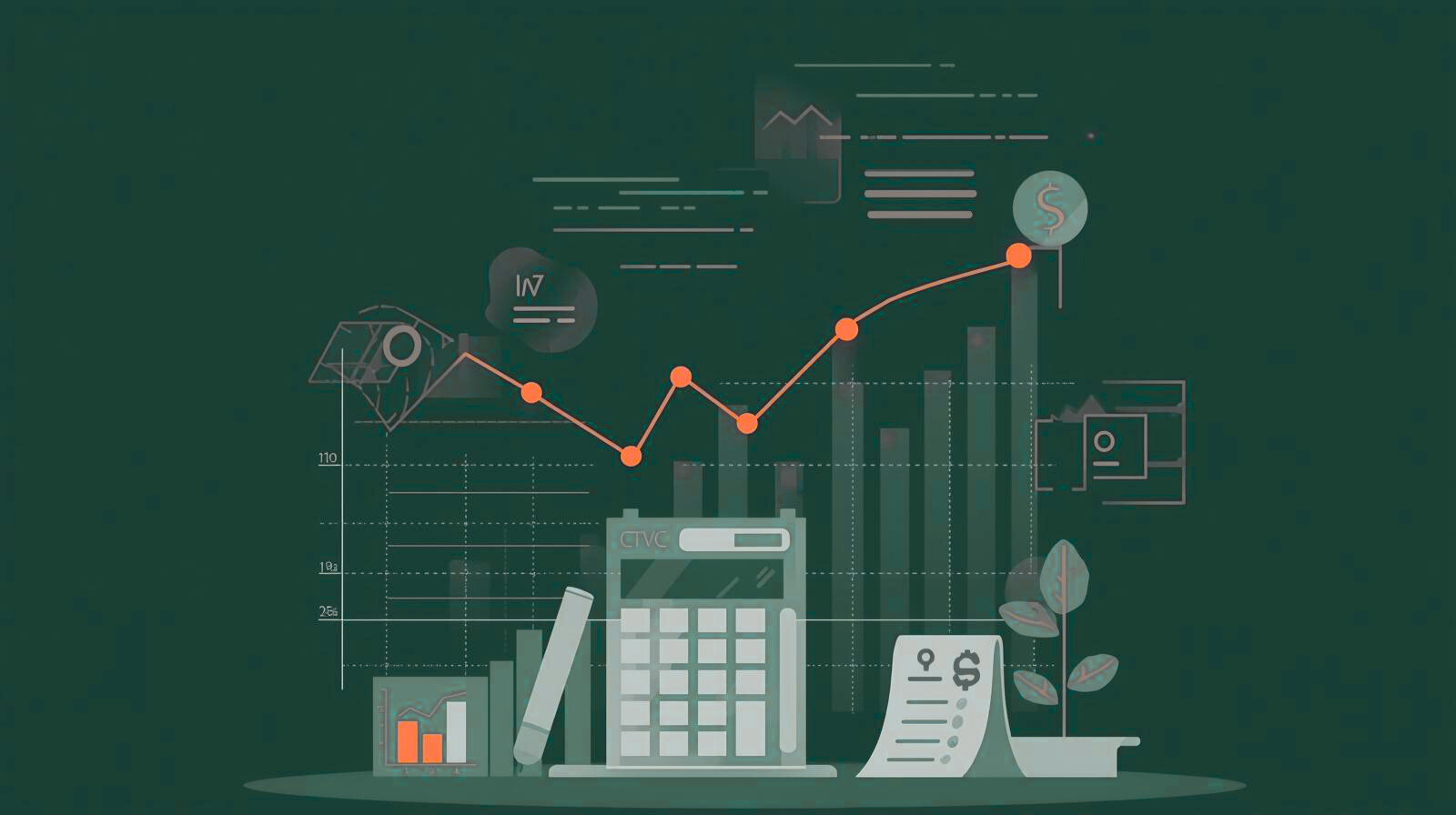Planning for Inflation

For those of us on a calendar fiscal, we are probably getting into the process of planning for 2022 and beyond. Since the GFC planning has been focused mostly around growth and a stable economy. The 2022 planning cycle, given recent economic data points, could be anything but another round of the same. Specifically, it will be critical to consider the impact of rising and sustained inflation in our next year forecasts. This impact can be felt the most on our cost structures in the form of higher input costs including materials, labor, shipping, and even facility expenses. However, the true impact of inflation is much more profound than a simple exercise in cost increases. Let’s have a look at some of those impacts.
BACKGROUND
Inflation is simply how much more a basket of goods and services costs in one period relative to a prior period. It represents the overall increase in cost within the economy and gives us an indication of how much a dollar actually buys. One of the most-watched indices that sheds light on economic inflation is the Consumer Price Index, which focuses on the level of cost increase a consumer has felt. Generally the CPI shows inflation to hover around 2%, which is the Federal Reserve target for inflation in a healthy economy. That means in a given year a consumer can expect to pay around 2% more for the exact same basket of goods they purchased from the year before. Generally higher inflation means that a consumer will not be able to purchase as many goods or services with the same amount of dollars they had in the prior year.
In September, this decade-long 2% typical inflation jumped – a lot. The CPI in September stood at 5.4%. Everything a consumer purchased in 2020 (if bought in 2021) would have cost them 5.4% more. The danger with this number is that consumers may elect no to buy discretionary goods and services, instead saving as much money as they can to cover the essentials. The profound effect this financial psychology can have on businesses depends on the sector they are in.
Not All Inflation Is Created Equal
While the result of inflation is higher consumer (and producer) prices, the relative level of cost increase is not consistent across all sectors of the economy. For example, according to the Labor Department, September inflation across different industries varied widely.
| Category | CPI Change from Previous Year (September) |
| Household Energy | 9.6% |
| New Vehicles | 8.7% |
| Furniture | 5.1% |
| Restaurants | 4.7% |
| Groceries | 4.5% |
| Shelter/Rent | 3.2% |
While Vehicles, Furniture and Restaurants are considered discretionary (and consumers can avoid or dampen their exposure to inflation in these categories by reducing their category-specific purchasing), energy, food, and shelter are essential.
Impact on Businesses and Mitigation
If your business finds itself in a discretionary category with higher inflation, consumers will likely decide to reduce their purchasing and save their money to cover inflation in essential categories. This reduction in demand can have a profound effect on a company’s net income and cash flow. Further, every business is also a purchaser of goods and services. Exposure to purchasing in categories where inflation is high will have a negative impact on a company’s bottom line and cash flow through higher purchasing prices. Planning for these impacts is critical to preserving a company’s financial stability in turbulent times.
While an exhaustive list of impacts is beyond the scope of this article, some examples include:
- Lower Buyer Demand: Due to conserving purchasing power to deploy to essential goods and services, purchasers will reduce demand of less essential goods and services. Understanding the link between demand and the price you can charge for your goods or services is critical. If there is a lot of competition in your market and other sellers are willing to cut price to preserve customers and sales volumes, this can exacerbate the challenge. However, if you find yourself in an essential category, ensuring you price correctly to cover your rising costs is critical.
- Higher Input Prices: When your inputs are in categories with higher inflation, expect to pay more. Not only will these inputs cost you more, but transportation and logistics costs will rise as well. Planning for these impacts is very important. Mitigating these impacts is even more crucial to financial success. One mitigating strategy is to find substitute inputs that meet the same requirements or look at suppliers that are located closer to your operations. Roll these new costs through your plan and evaluate the savings impact. Another mitigating strategy is to consolidate purchasing through fewer suppliers. A lot of companies are surprised to learn that even simple things like office supplies are being purchased through multiple vendors. Consolidating purchasing to a single vendor can help drive volume discounts and higher service levels.
- Wage Inflation: This is always a big one. Many companies plan for routine standard wage increases each year. However, 2022 will be anything but standard. Couple the fact that your employees are exposed to a higher CPI than a normal 2% wage increase with the very tight labor market and you find a perfect storm placing upward pressure on wage inflation. Employees see their cost for goods and services rising and will expect their pay to maintain pace with this cost increase (otherwise in “real” terms they are making less). For example, a 2% wage increase in 5.4% inflation environments means an employee will have 3.4% (5.4%-2%) less purchasing power. Further, it is easier for employees to find other jobs due to the tight labor market resulting in more turnover with dissatisfied employees. Planning for wage inflation is critical – not only for income and cash planning, but to ensure your operations are not the victim of higher attrition.
The planning season is a perfect time to discuss the impacts of higher inflation on your business and model the effects on revenue, cost, labor, income, and cash flow. It is much more than a simple exercise in estimating rising costs. This year presents an opportunity to rethink aspects of our businesses, make decisions on how to ensure stability in 2022, and set ourselves up for sustainable profitable success in the years to come.
CFO Network is uniquely positioned to assist in these exercises. From designing and implementing a formal planning process to monitoring results and reporting of key variances, CFO Network professionals are passionate about helping our clients win. Not only in the stable times, but especially in the turbulent times.



